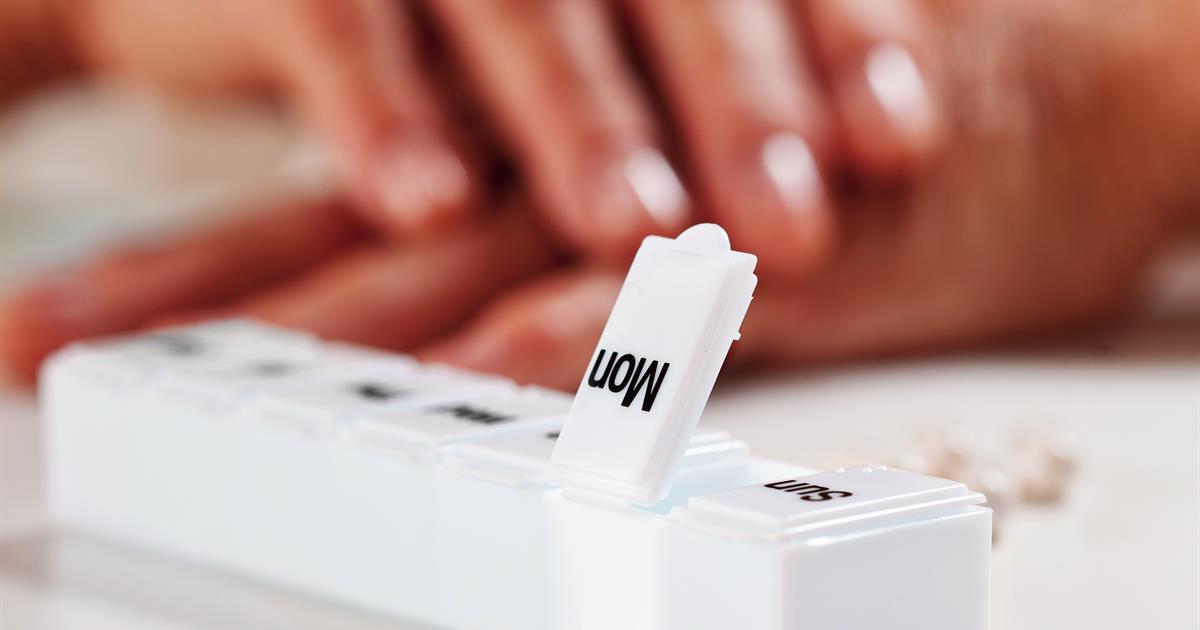Ways To Treat Dry Socket
Dry socket, also known as alveolar osteitis, typically occurs after an adult tooth has been removed. If the blood clots in the area where the tooth was removed and doesn't heal properly, it can create quite a few problems, especially if it's infected. It can also leave the bone and nerves exposed, which can result in other problems. Some of the symptoms of dry socket are noticing the socket is empty, seeing the bone within the socket, bad breath, and severe pain that might actually stem to other parts of the face like the temples, eyes, ears, and neck. Learn how dry socket can be treated now.
Flush Out The Socket

One method of treating dry socket is to flush out the socket. While this may be done while the patient is in the dentist office, they may still need to take some time once home and flush it out again. Water is an excellent method for rinsing the mouth. Individuals should do what they can to focus the water in that area and rinse thoroughly to remove any bacteria and build of blood from the socket. It may also be prudent to procure teeth-cleaning flushes that spray water into the mouth to help with flossing. Such a device could be easily used to help flush the area and clean it. Besides water, patients may also want to consider attempting to flush the dry socket with black tea. This is because black tea contains a natural antibacterial agent known as tannic acid. Cold tea can help keep swelling down, so it may be prudent to flush the dry socket out with cold black tea.
Keep reading for more dry socket treatment methods.
Take Pain Medication As Directed

Luckily, since removing teeth is usually quite the painful process, the patient's dentist or oral surgeon will likely already have a prescription for some pain medication ready for them to have filled out. Patients should take pain medication as directed to alleviate the pain they'll likely experience with dry socket. Some of these medications may also speed up how quickly the socket heals and reduce the amount of swelling occurs. However, patients should be sure they take the medication as directed, as taking too much might actually help bacteria grow in the socket, which can cause further problems like infection and increased pain. If the socket becomes infected, the rest of the gums may also be affected. Depending on what type of medication is prescribed, they may also be quite powerful, which can increase the risk of overdose or dependency. Taking too much and for too long may also result in patients building a tolerance to the medication, and thus no longer receive the pain relief needed in the future for other issues.
Get the details on more ways to treat dry socket now.
